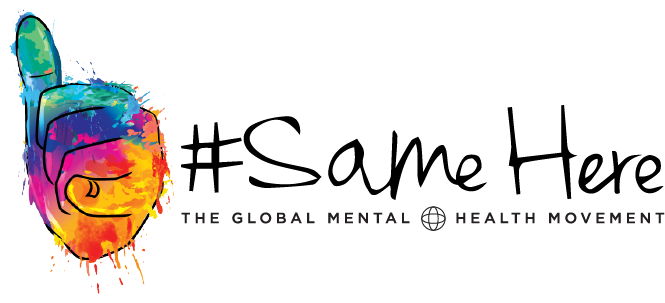As the yr comes to a close, it’s appropriate to reflect back on the “best ofs” for 2018.
This story is one I believe meant so much – not just to fams of children w Down syndrome or special needs, but society as a whole.
For the 1st time since the contest’s start in the 1920’s, Gerber chose Lucas, a child w Down syndrome as 2018’s Gerber baby, among 140k+ entries.
No doubt more & more companies are making conscious efforts to take a bold stance on very public topics w their advertising. I’ll reserve judgment on many of those decisions & instead say that decisions like these by Gerbrer, which promote INCLUSIVITY instead of divisiveness/taking sides, should be applauded.
Let’s not kid ourselves – part of this decision by Gerber is a business one. However, that doesn’t take away from what the inclusivity of the message brings. Loud & clear we see that a cute baby- is a cute baby…& that on the continuum of all the complications babies may/may not be born w, once again, the key is Lucas is just that cute – adorably deserving of representing the diversity of all babies.
This decision hits particularly close to home bc when it comes to mental health, we talk so much abt how it’s not the #1in5 only we must consider, but the #5in5. The only way we can come together & create a healthier & more collaborative society is by showing we are all part of one group living on one continuum – as Gerber has done w Lucas’ selection.
It reminds me of many who believe MH complications are nothing more than mother nature’s way of creating outliers, & testing what may POSITIVELY give us certain GIFTS to feel/not feel, act/not act, in ways that the “avg” would.
Will end on this quote from Katie Driscoll of Changing the Face of Beauty, a non-profit advocating for equal representation of ppl w disabilities in adverting & media:
“We believe if brands represent children w a disability, they are communicating their value to our society. Moves like this move us closer to a more inclusive world.”
Yes, that’s how we break down stigma …by showing our similarities. Not by “Stop The Stigma” campaigns.


